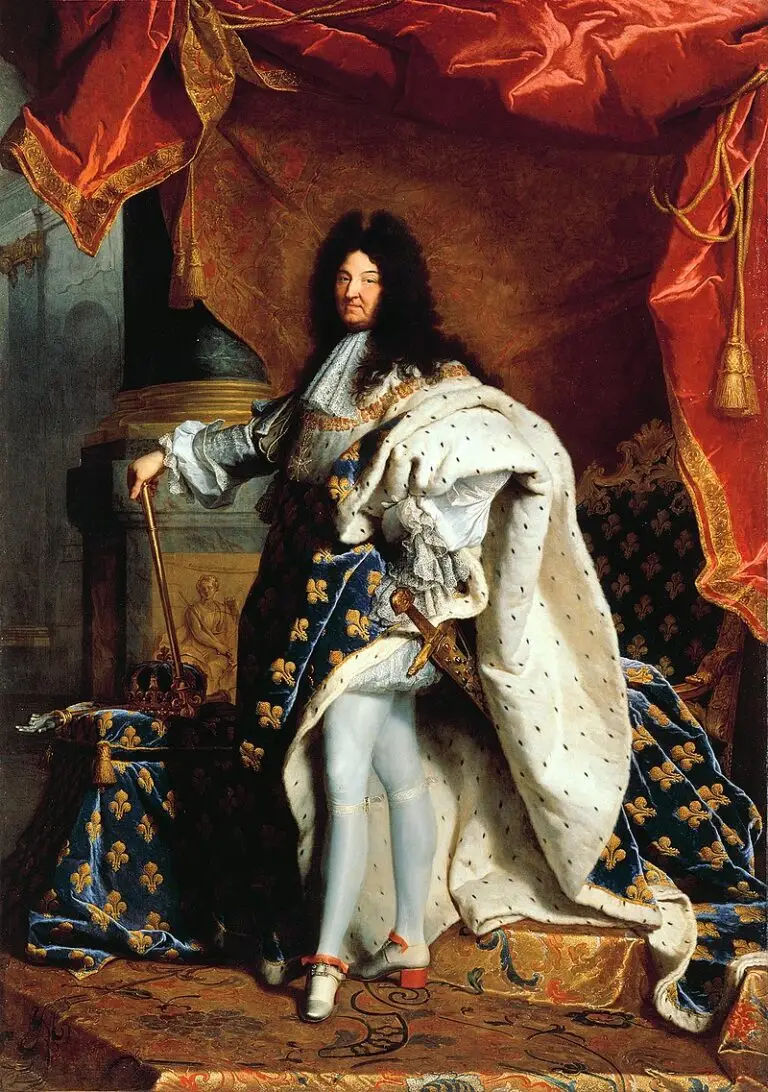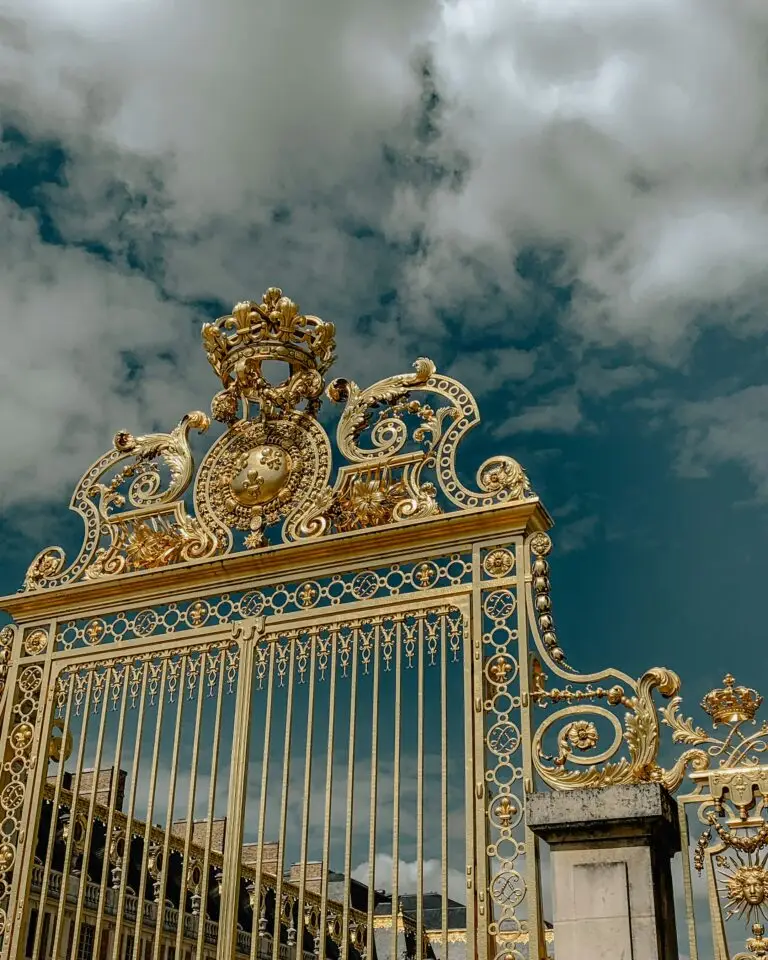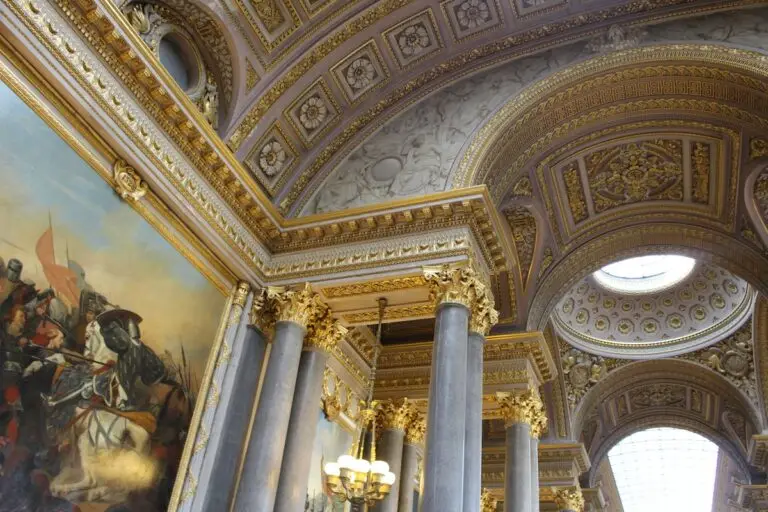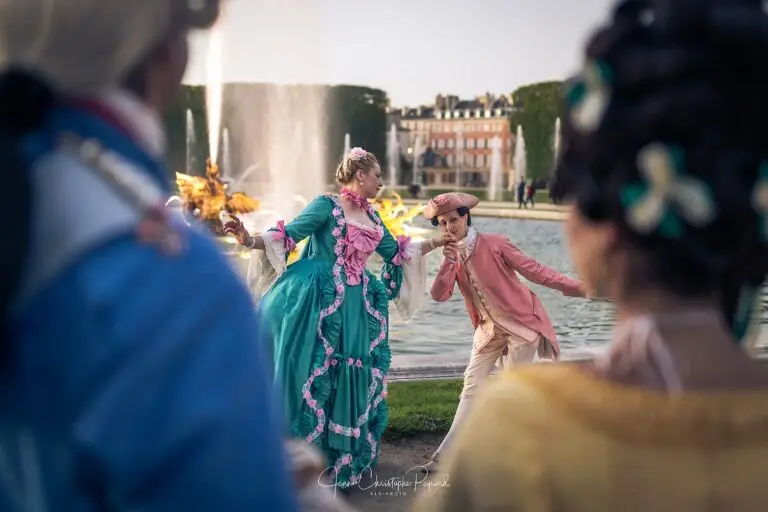10 million people visited Versailles last year. Many left captivated by its grandeur, but also wondering if they had truly understood it. If you’ve ever felt overwhelmed by the glittering salons and opulent ballrooms, it’s time to see Versailles in a way that connects you with its stories, not just its sparkle.
Some of the most fascinating stops on any journey through Versailles are the Trianon Estates—specifically the Petit Trianon and its enchanting hamlet. It’s here that the essence of Marie Antoinette, France’s most misunderstood queen, truly comes alive.
The Trianon: A Retreat from the Glitter
The Petit Trianon was Marie Antoinette‘s sanctuary. Unlike the sprawling grandeur of the main palace, this intimate estate offered her an escape from the rigid court life at Versailles. Built originally for Madame de Pompadour, Louis XV’s mistress, the Petit Trianon became Marie Antoinette’s personal retreat when she arrived at Versailles as a young bride.
Here, she could shed her royal persona and live out a more private, idyllic fantasy. But don’t be fooled—this wasn’t about hard work or rustic reality. Her nearby hamlet was more like an 18th-century version of a theme park than an actual working farm.
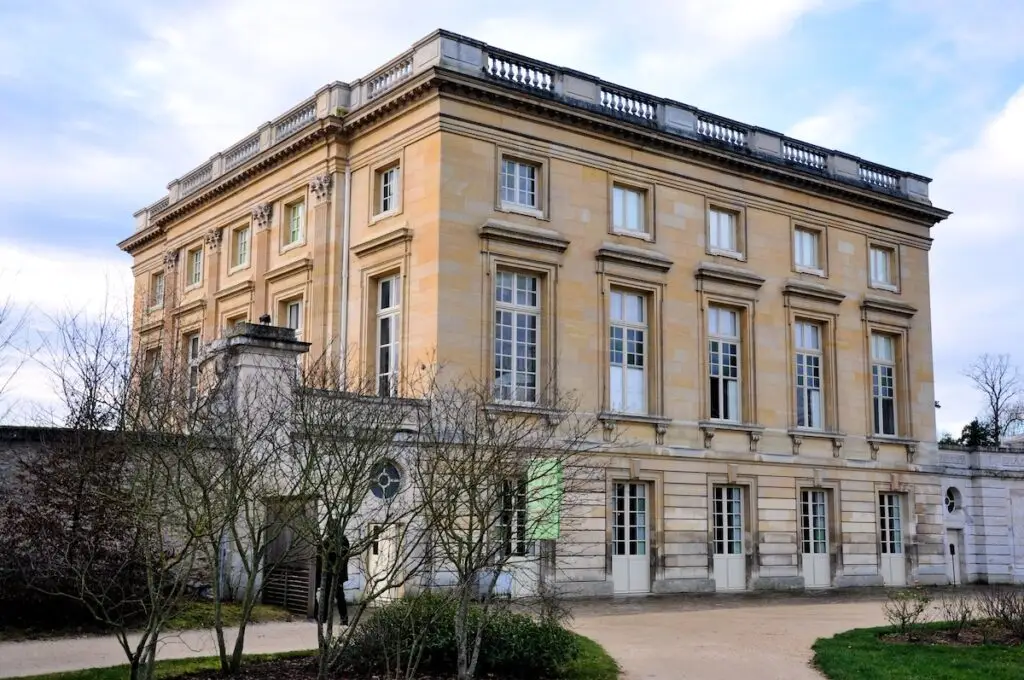
Marie Antoinette’s Hamlet: Fantasy Meets Agriculture
Picture this: a mock medieval village with charming cottages, a working watermill, and an improbable mix of exotic animals grazing in harmony. At first glance, it might feel whimsical or even sweet. But look a little deeper, and you’ll see a poignant reflection of Marie Antoinette herself.
She was the queen who played at farming in silk ribbons and cotton ruffles while much of France struggled to put food on the table. She might have gathered eggs or milked a cow on occasion, but for her, it was never “work”—more like a scene from a pastoral play she could dip into when the mood struck.
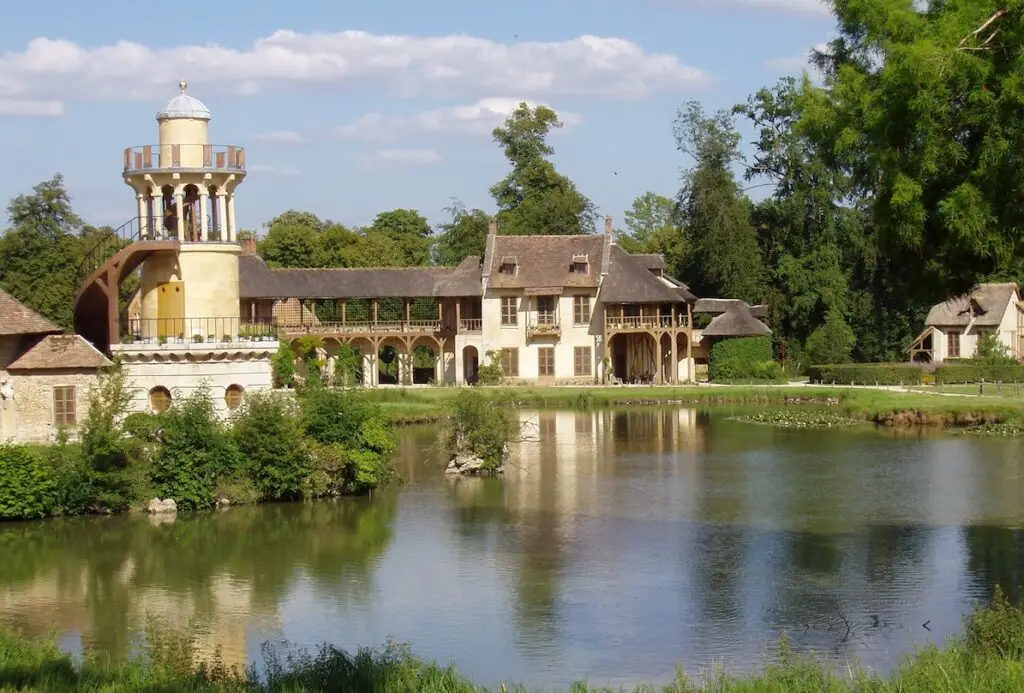
The Tragic Figure of Marie Antoinette
Marie Antoinette is often remembered for her extravagance, but her life was far from carefree. Groomed from birth to rule, she was thrust into a political and cultural whirlwind as queen of France. At Versailles, she recreated a childhood she never got to experience, with her private theatre, merry-go-rounds, and the make-believe hamlet all serving as outlets for her longing for simplicity in an impossibly complex world.
But this fantasy couldn’t last. As the Revolution loomed, her whimsical escape became a symbol of royal detachment and excess. The shadow of the guillotine grew closer with every lavish party and extravagant folly.
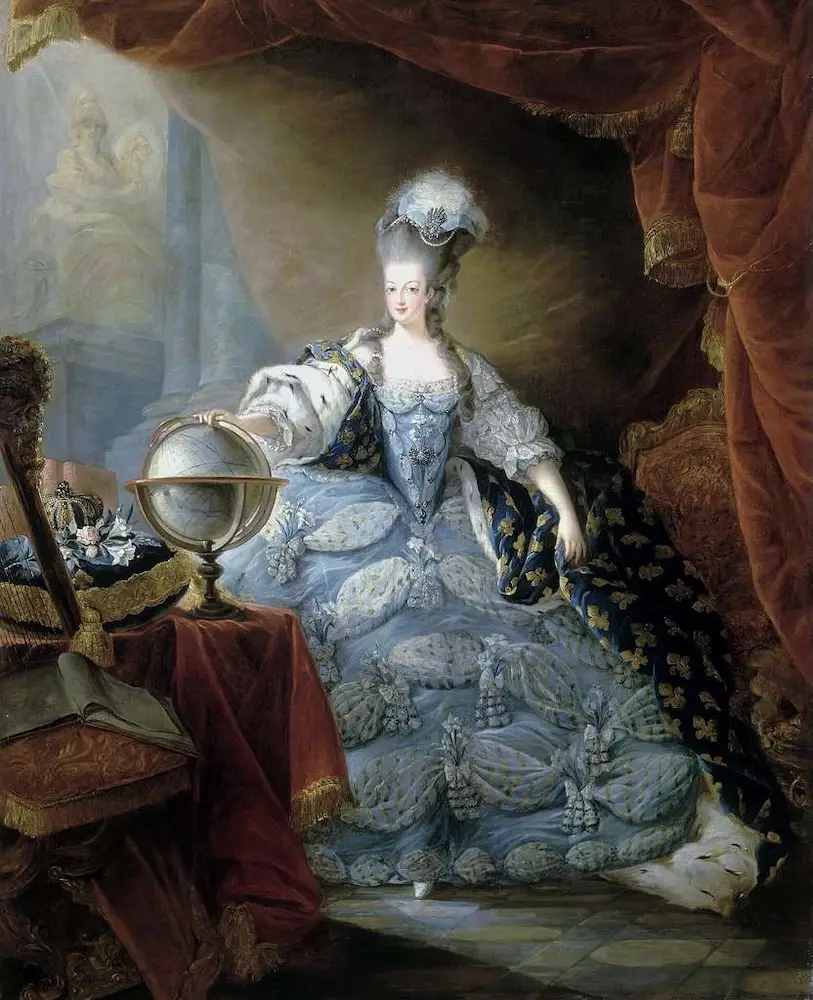
Why You Need to See the Trianon Estate for Yourself
Visiting the Trianon today is more than just a chance to stroll through gorgeous gardens or peek into a beautifully preserved slice of history. It’s an opportunity to understand the paradox of Marie Antoinette—a queen torn between her duties and her dreams, caught in a whirlwind of privilege and tragedy.
The Marie Antoinette estate offers a unique window into her world, from the absurd luxury of her mock farm to the intimate spaces of her retreat. It’s a glimpse into the human side of a figure often painted as a villain or caricature.
What Makes Versailles So Unique
Exploring the Trianon reminds us that Versailles isn’t just a palace. It’s a living story written in stone, wood, and landscape. The gardens, designed to showcase power and domination, reveal how deeply the monarchy shaped the land—and how that land, in turn, shaped the monarchy.
Even today, the forests and parks around Paris reflect their royal origins. The natural beauty of the Trianon is a perfect counterpart to the glittering excess of the chateau.
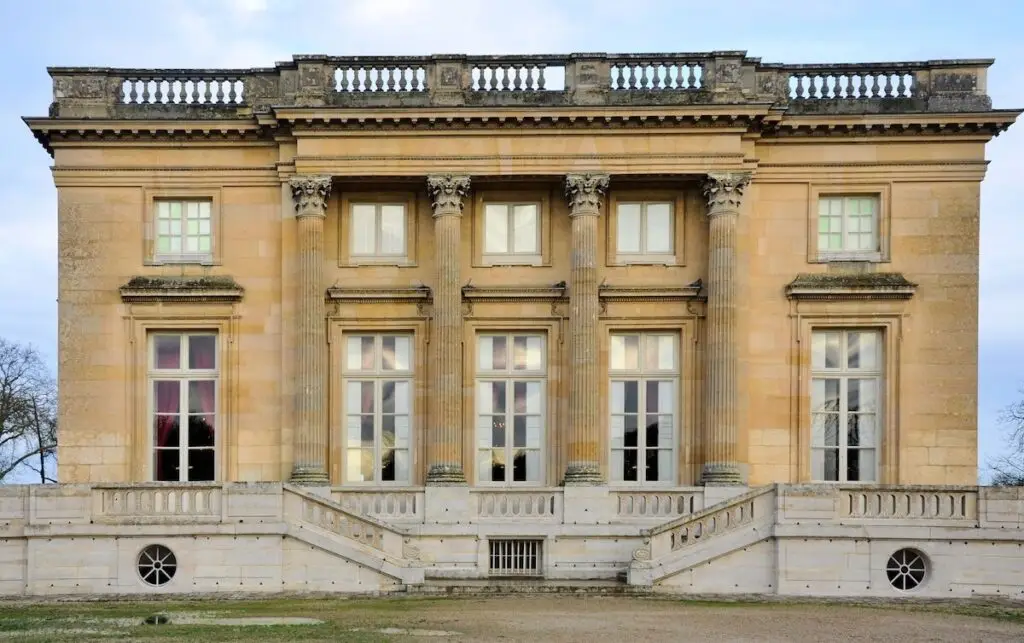
Make It Personal
The magic of Versailles is in the details—the stories woven into its architecture, the breathtaking artistry of its gardens, and the human experiences that unfold in every room and pathway. If you’re planning a visit, don’t miss the Trianon. It’s here that Versailles sheds its grandeur and reveals its heart.
So take your time. Stroll through the gardens. Imagine life as Marie Antoinette saw it—both the fairy tale and the reality. And leave with your own souvenirs—not just trinkets, but memories you’ll carry with you long after your visit.
Because in the end, Versailles isn’t just a place to see; it’s a place to feel. And the Trianon is where that feeling truly comes alive.

